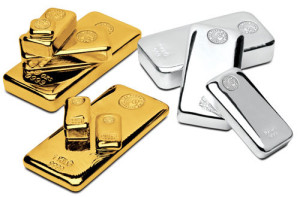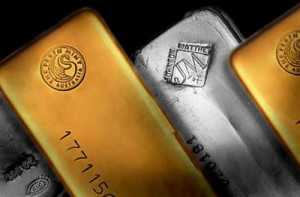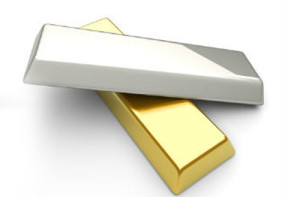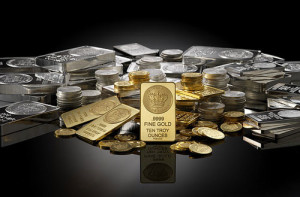Since the dawn of time, gold and silver have been recognized as extremely valuable commodities. And even today, precious metals have their place in a savvy investor’s portfolio. But which precious metal is best for investment purposes? And why are they so volatile? If you’re just getting started in precious metals, read on to learn more about how they work and how you can invest in them. There are many ways to buy into precious metals like gold, silver and platinum and a host of good reasons why you should give in to the treasure hunt.
All That Glitters IS Gold
We’ll start with the grand-daddy of them all: “GOLD”. Gold is unique for its durability (it doesn’t rust or otherwise corrode), malleability and its ability to conduct both heat and electricity. It has some industrial applications in dentistry and electronics, but we know it principally as a base for jewelry and as a form of currency.
The value of gold is determined by the market 24 hours a day, nearly seven days a week. Gold trades predominantly as a function of sentiment; its price is less affected by the laws of supply and demand. This is because new mine supply is vastly outweighed by the sheer size of above-ground, hoarded gold. To put it simply, when the hoarders feel like selling, the price drops. When they want to buy, new supply is quickly absorbed and the gold prices are driven higher.
Several factors account for an increased desire to hoard the yellow metal:
- Systemic Financial Concerns
When banks and money are perceived as unstable and/or political stability is questionable, gold has often been sought as a safe store of value. - Inflation
When real rates of return in the equity, bond or real estate markets are negative, people regularly flock to gold as an asset that will maintain its value. - War or Political Crises
War and political upheaval have always sent people into gold-hoarding mode. An entire lifetime’s worth of savings can be made portable and stored until it needs to be traded for foodstuffs, shelter or safe passage to a less dangerous destination.

Silver
Unlike gold, the price of silver swings between its perceived role as a store of value and its very tangible role as an industrial metal. For this reason, price fluctuations in the silver market are more volatile than gold.
So, while silver will trade roughly in line with gold as an item to be hoarded (investment demand), the industrial supply & demand equation for the metal exerts an equally strong influence on price. That equation has always fluctuated with new innovations, including:
- Silver’s once predominant role in the photography industry (silver-based photographic film), which was been eclipsed by the advent of the digital camera.
- The rise of a vast middle class in the emerging market economies of the East, which created an explosive demand for electrical appliances, medical products and other industrial items that require silver inputs. From bearings to electrical connections, silver’s properties made it a desired commodity.
- Silver’s use in batteries, superconductor applications and microcircuit markets.
It’s unclear whether (or to what extent) these developments will affect overall noninvestment demand for silver. One fact remains; silver’s price is affected by its applications and is not just used in fashion or as a store of value.
Will Precious Metals Shine for You?
Precious metals offer unique inflationary protection – they have intrinsic value, they carry no credit risk and they themselves cannot be inflated (you can’t print more of them). They also offer genuine “upheaval insurance”, against financial or political/military upheavals.
From an investment theory standpoint, precious metals also provide low or negative correlation to other asset classes like stocks, bonds and mutual funds. This means that even a small percentage of precious metals in a portfolio will reduce both volatility and risk.
Conclusion
Precious metals provide a useful and effective means of diversifying an investment portfolio.



